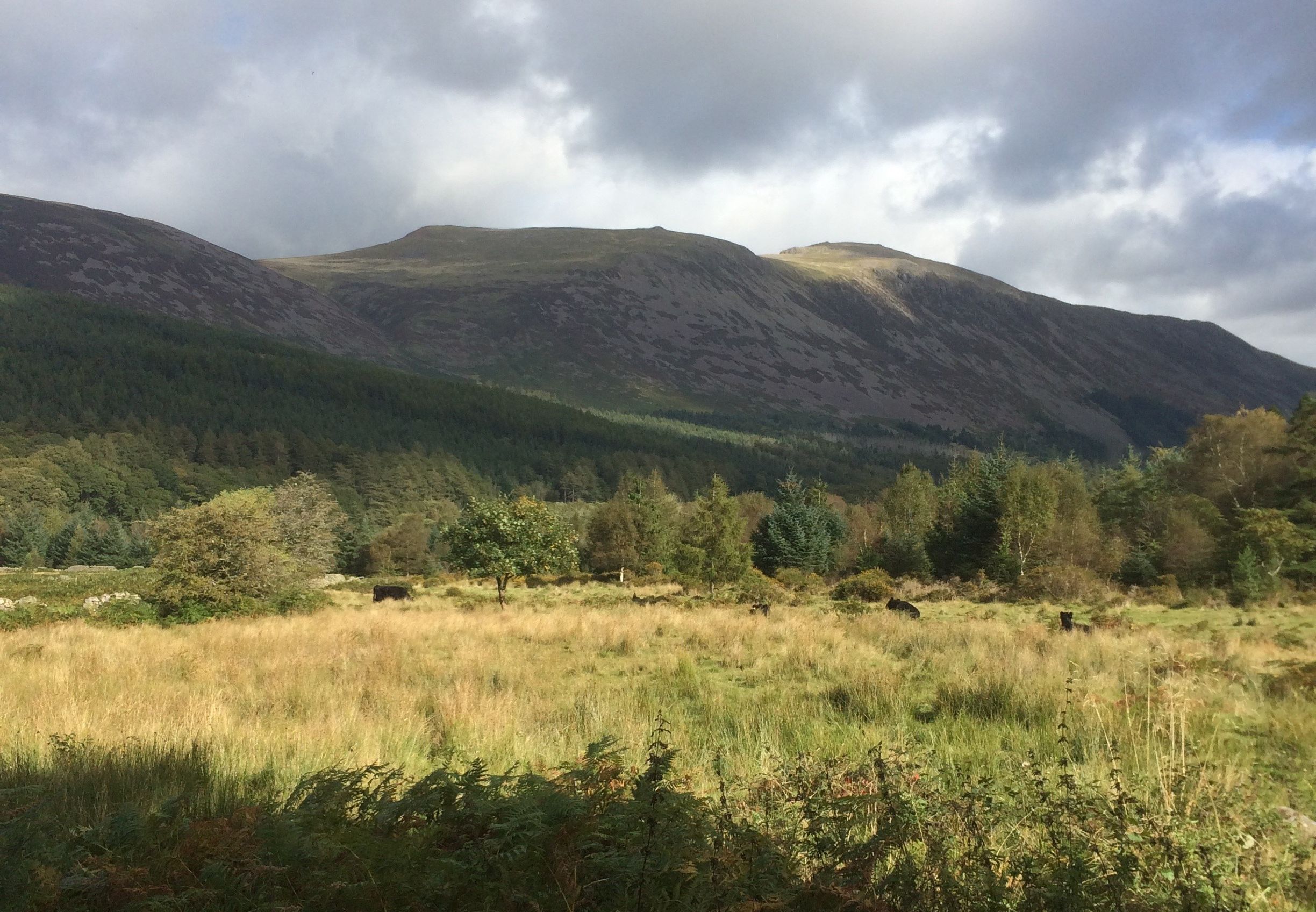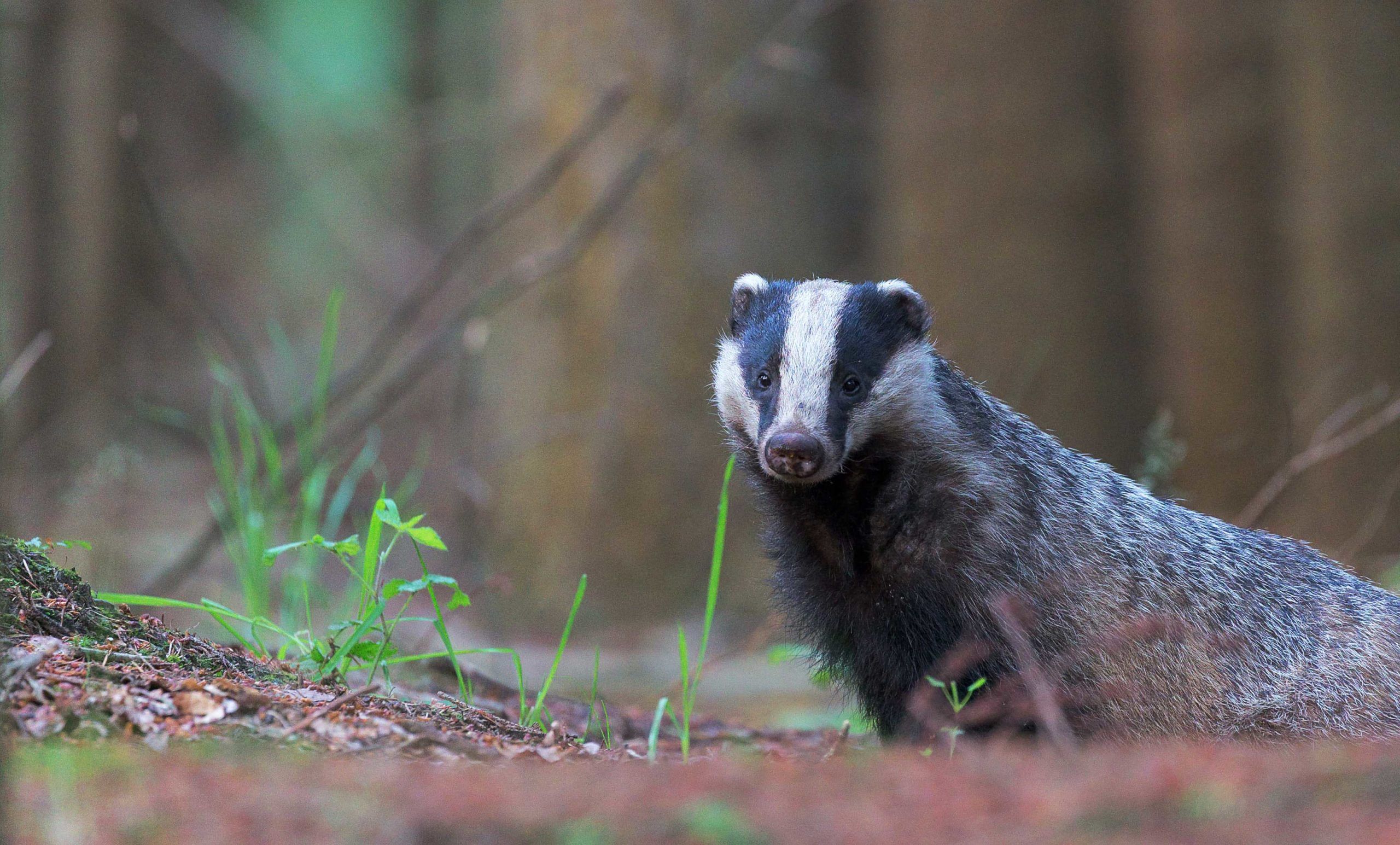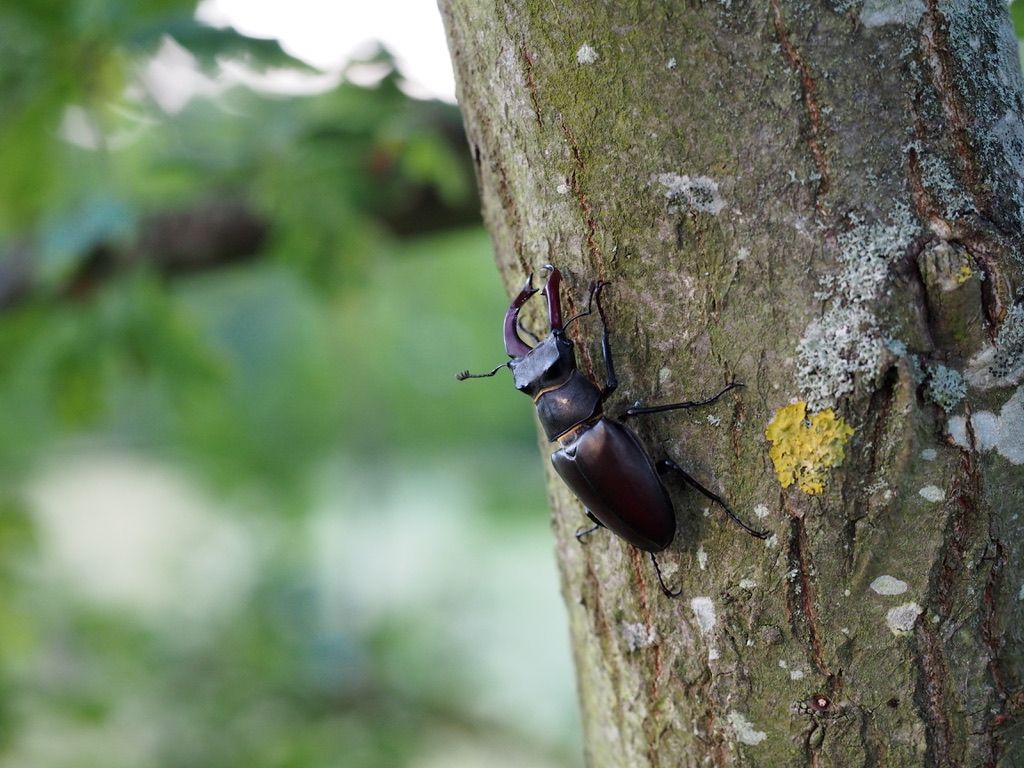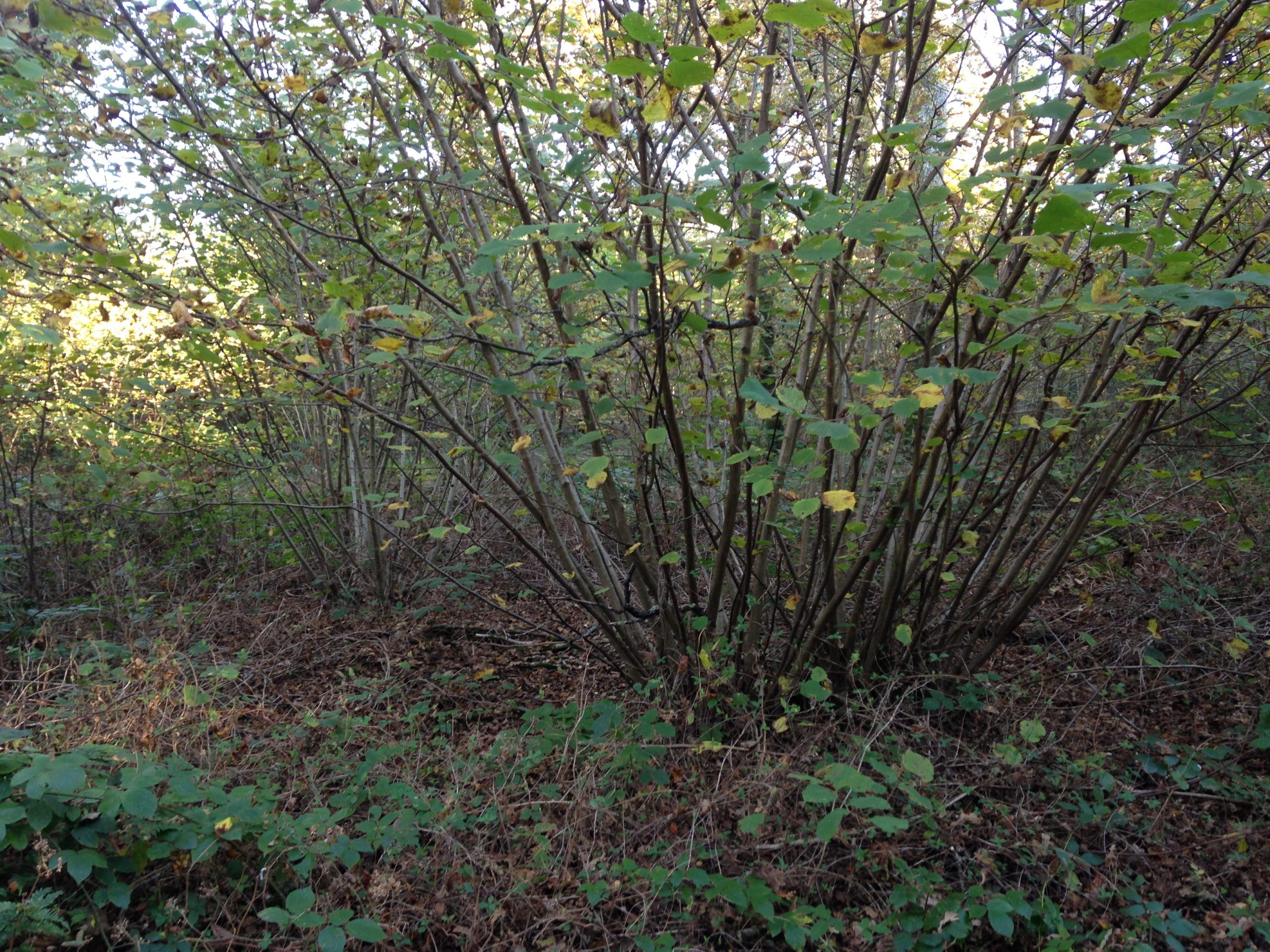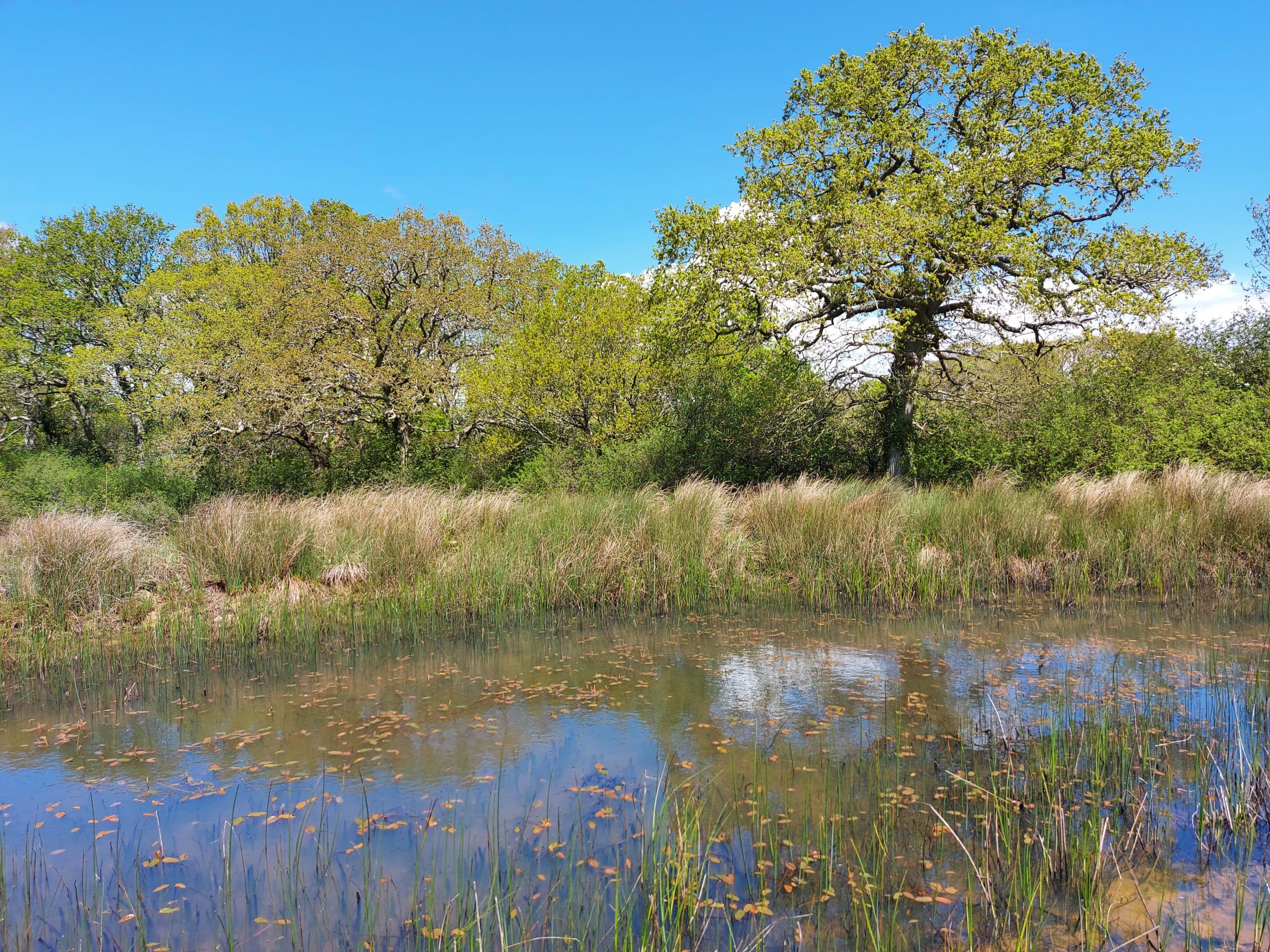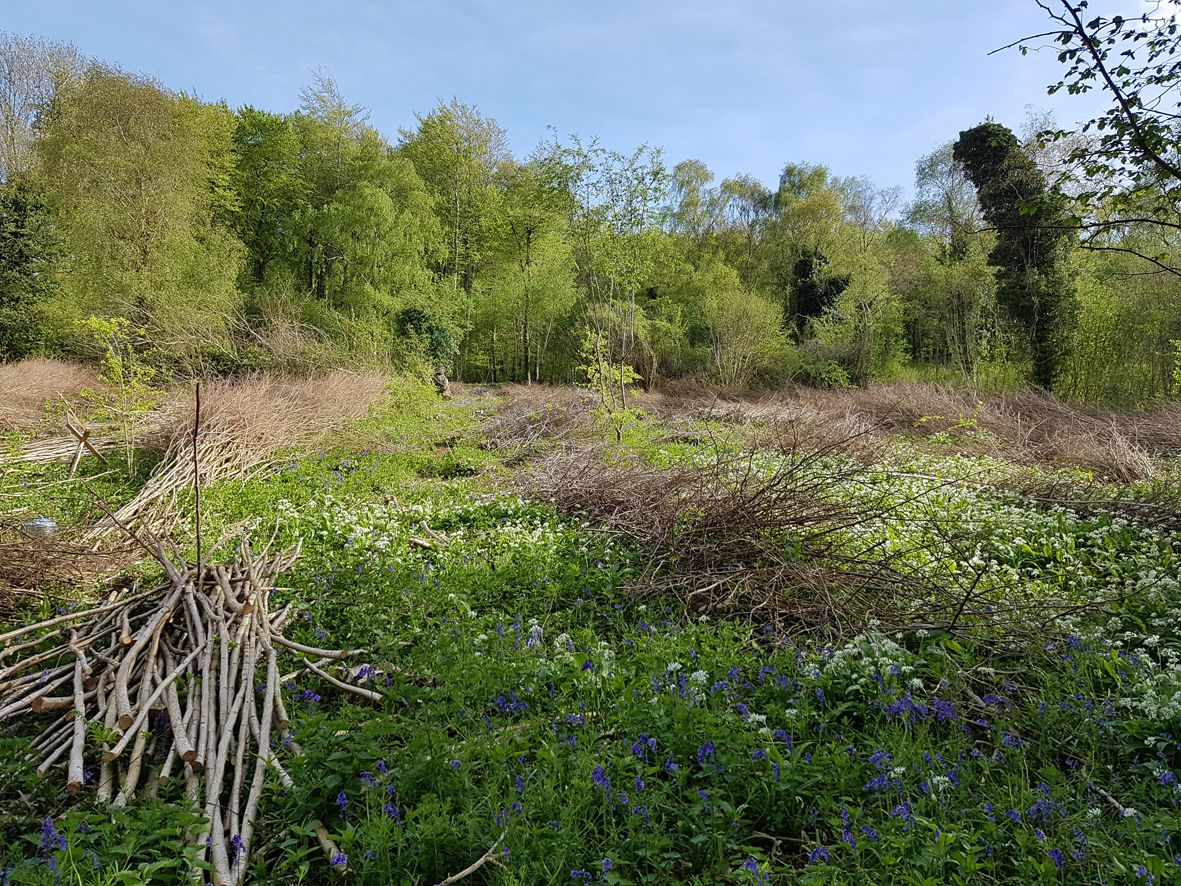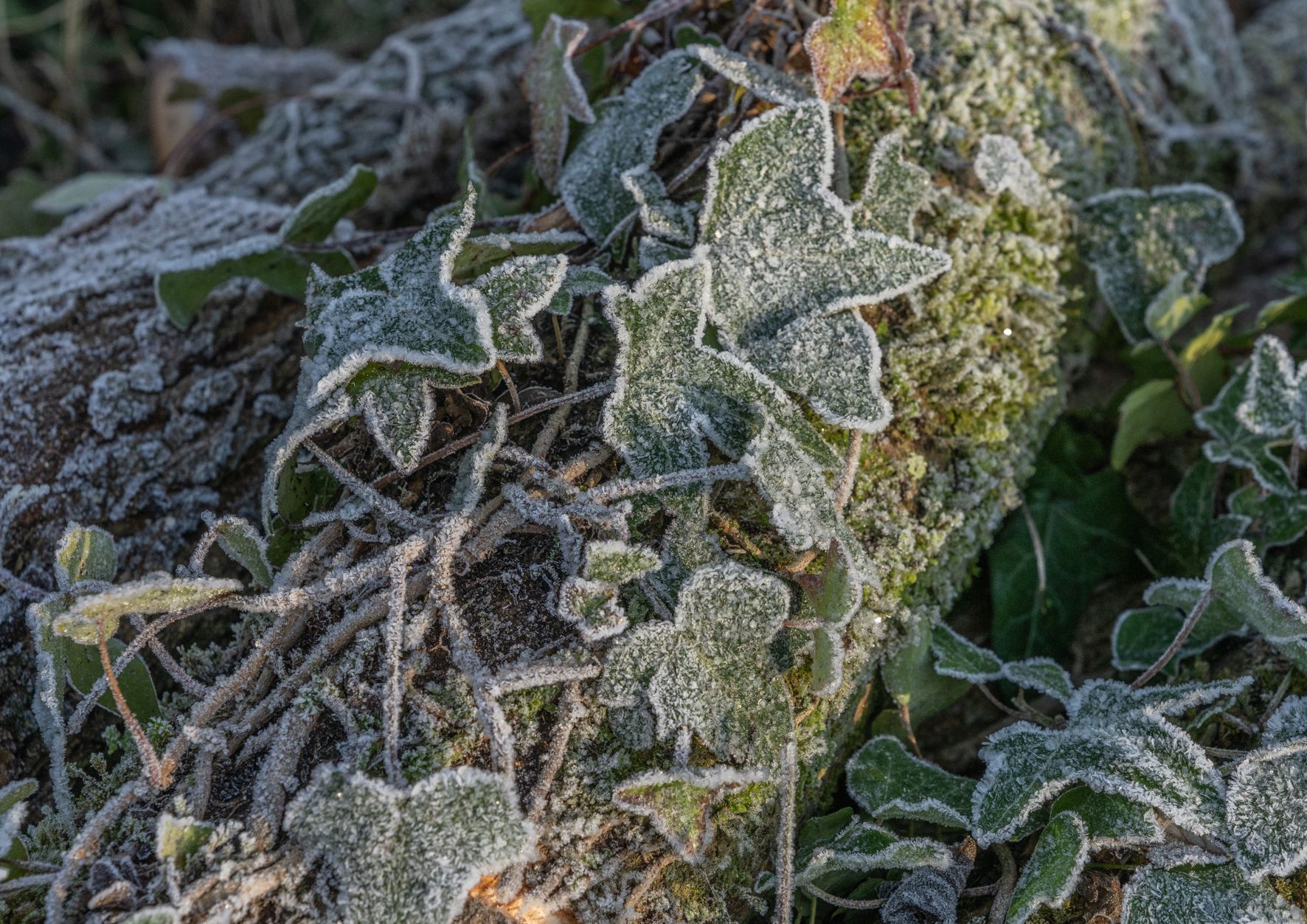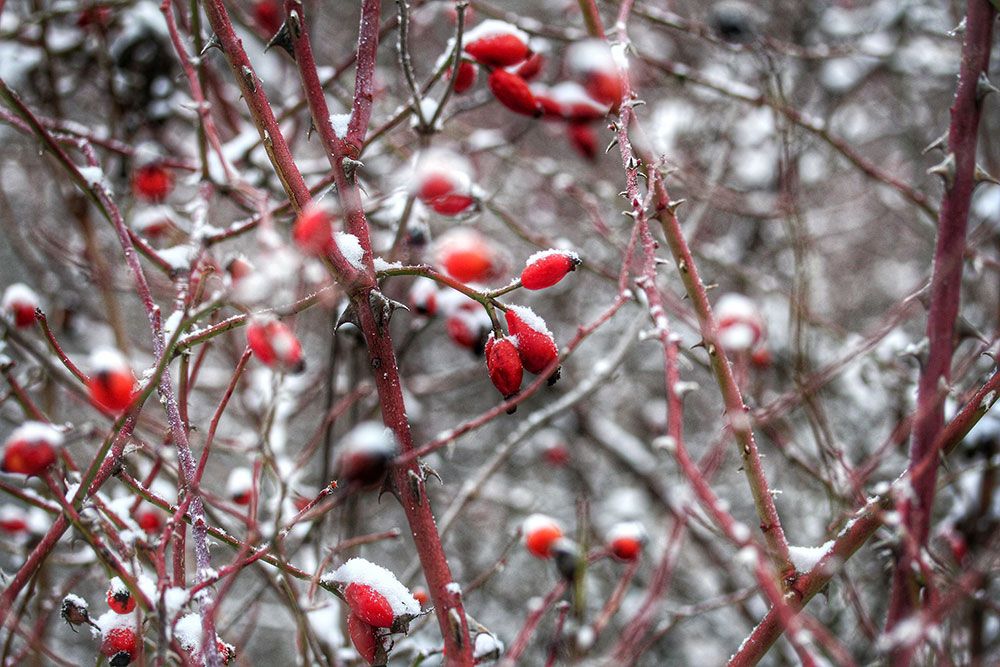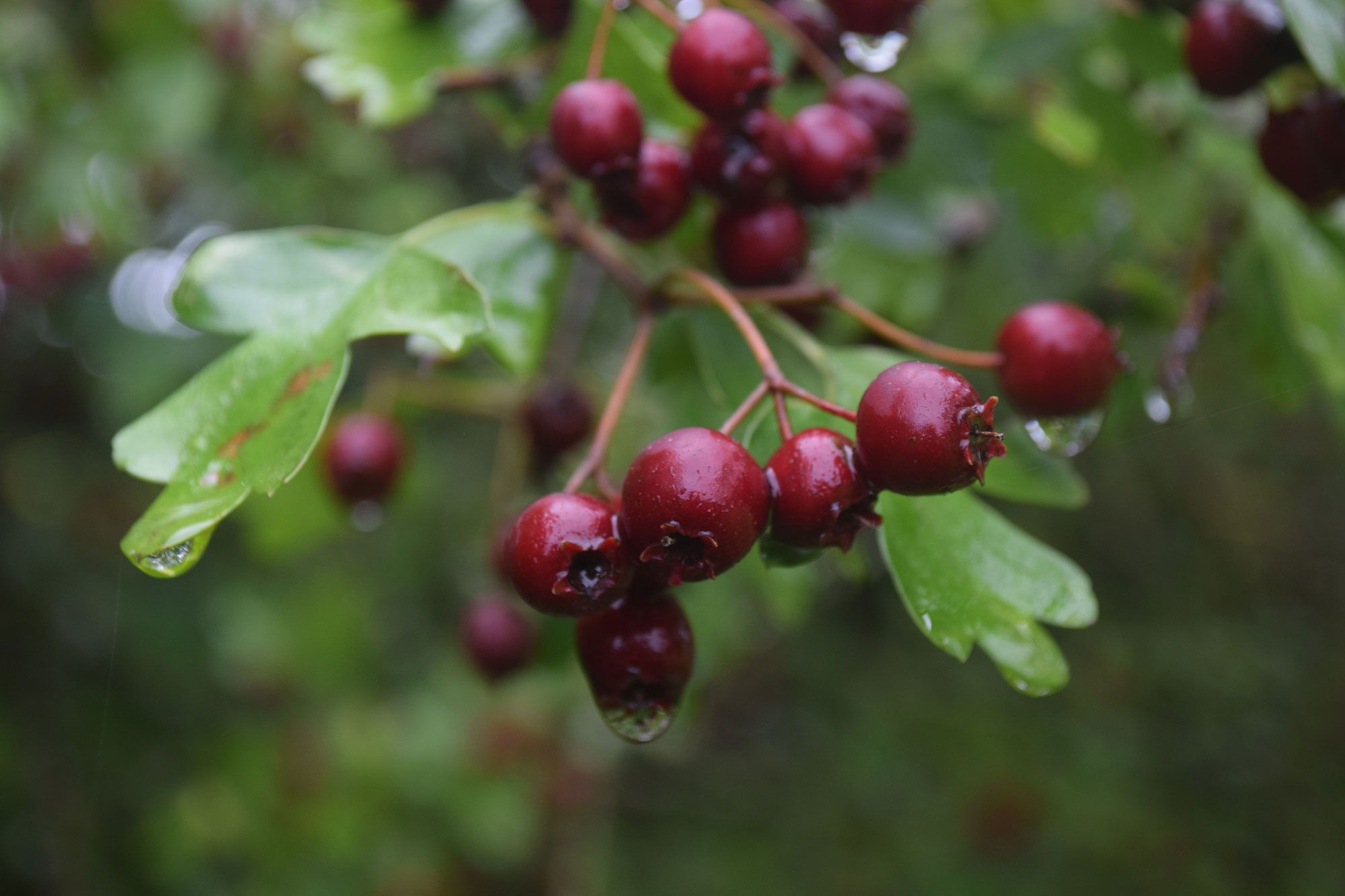Woodland
Search by topic
Barn owls are one of our best-loved and most recognised birds. Hunting in the daytime as well as during the night, their distinctive heart-shaped faces and ghostly silent flight have endeared them to us, despite their status as an avid hunter. They feed in long grass and woodland edges where they hunt for voles, shrews …
Read article...Butterflies and moths Jim Baldwin, our wonderful volunteer surveyor, has continued his 16-week long UK Butterfly Monitoring Scheme survey in Briddlesford. He surveyed, for a couple of hours at a time, on two consecutive weeks in July. In the first week he recorded an amazing 699 butterflies of 17 species and then 590 butterflies of …
Read article...The Wood Pasture and Parkland Network (WPPN) is a working group of conservation professionals from a number of different organisations who meet quarterly to share information, promote a wider understanding of the habitat and provide advice on its protection. We usually meet virtually, but once a year we meet in person at an exemplary or …
Read article...Badgers and boars Male badgers are known as boars, and female badgers, as sows and, while wild boar and badgers are very different beasts, it isn’t hard to see a resemblance… Wild boar (Sus scrofa) belong to the group Artiodactyla (hoofed mammals with an even number of toes), along with deer. Badgers (Meles meles), on …
Read article...If you own a woodland or you visit one regularly, please keep a particular eye out for stag beetles on warm sunny evenings from the end of May to the end of July. You can tell us about any sightings via our Great Stag Hunt survey. Stag beetles and woodland habitats Stag beetles are one …
Read article...Coppicing is a widespread and traditional form of woodland management where trees or shrubs are repeatedly cut at the base, creating a coppice stool, and allowed to regrow, in order to provide a sustainable supply of wood. Layers of a wood If you think of a wood as having different vertical zones, at the bottom would …
Read article...Our nature reserve on the Isle of Wight, Briddlesford Woods, is an ancient woodland which has a rich array of woodland flora and rare invertebrates, but is best known for its unique assemblage of mammals. It provides a home for red squirrels, 9 bat species and hazel dormice. This means we have to balance the …
Read article...Pete Etheridge writes about the importance of coppicing for woodland conservation and biodiversity. A decline in coppicing Coppicing has been practised in the UK for hundreds (if not thousands) of years. In 1905 (decades after the peak in coppicing activity), it was estimated that there was somewhere in the region of 230,000 ha of actively …
Read article...Briddlesford, an ancient woodland Every January, we invite a loyal group of enthusiastic volunteers to join us in Briddlesford, our nature reserve on the Isle of Wight, to help us maintain and manage the woodland for wildlife. Briddlesford is both a Site of Special Scientific Interest and a Special Area for Conservation. The presence of …
Read article...A winter sanctuary for wildlife Over the winter months, hedgerow shrubs go to sleep; the leaves fall and the sap retreats to the protection of the roots. Hedgehogs may be hibernating in drifts of leaves sheltered in the bottom of your hedge; insects both as adults sheltered in nooks, leaf litter or old hollow stalks …
Read article...This year autumn officially began on 23 September 2019 (MET office data). Laura, PTES’s Conservation Officer, is now preparing to care for our nature reserves over the colder months. Here she recounts the splendors of wildlife in autumn at Briddlesford Woods and Rough Hill traditional orchard. Briddlesford From coppicing to canopy Briddlesford Woods is a …
Read article...
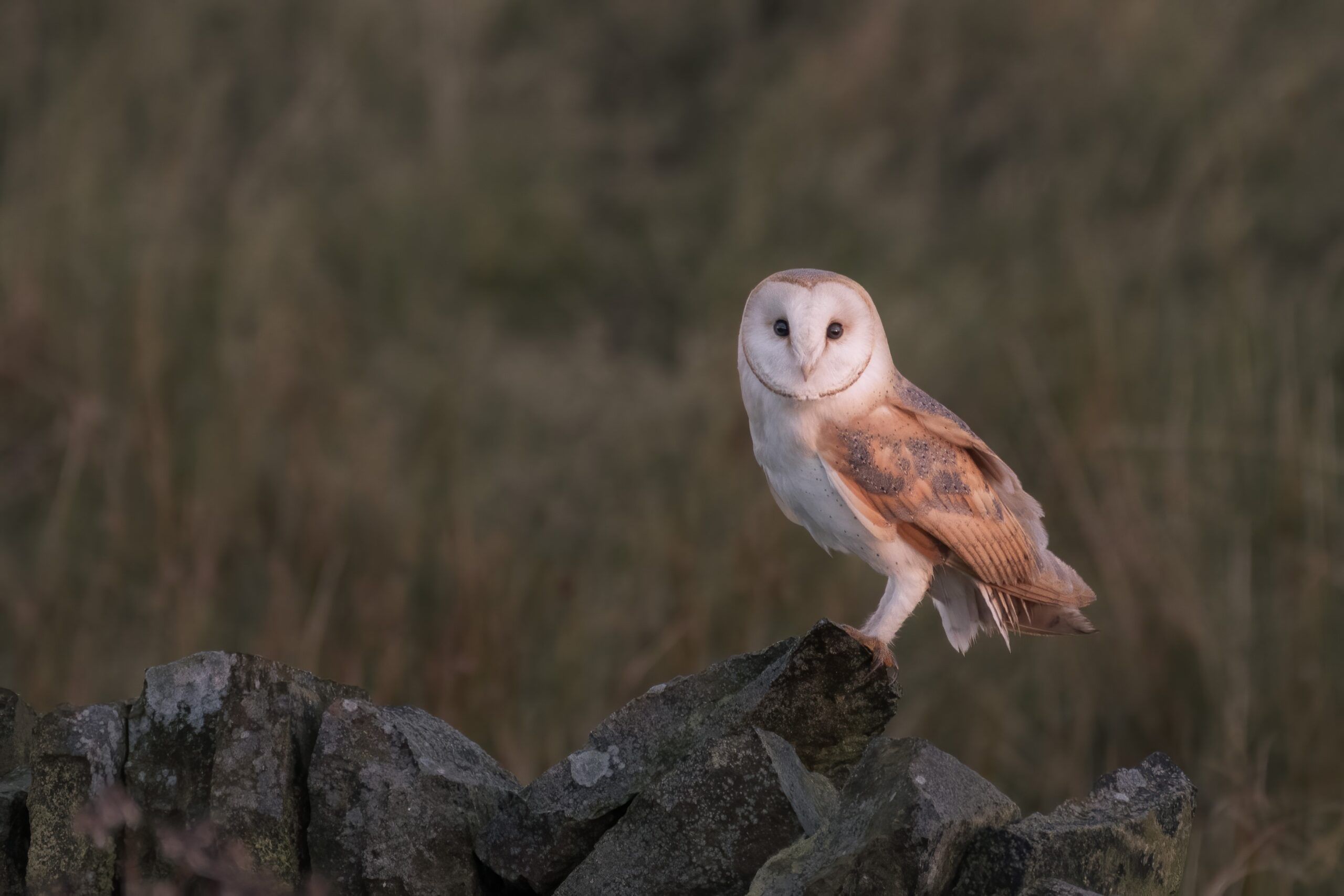
![Silver-washed Fritillary [female]_Credit Butterfly Conservation/ Andrew Cooper Silver-washed Fritillary [female]_Credit Butterfly Conservation/ Andrew Cooper](https://ptes.org/wp-content/uploads/2023/09/Silver-washed-Fritillary-female_Credit-Butterfly-Conservation-Andrew-Cooper.png)
